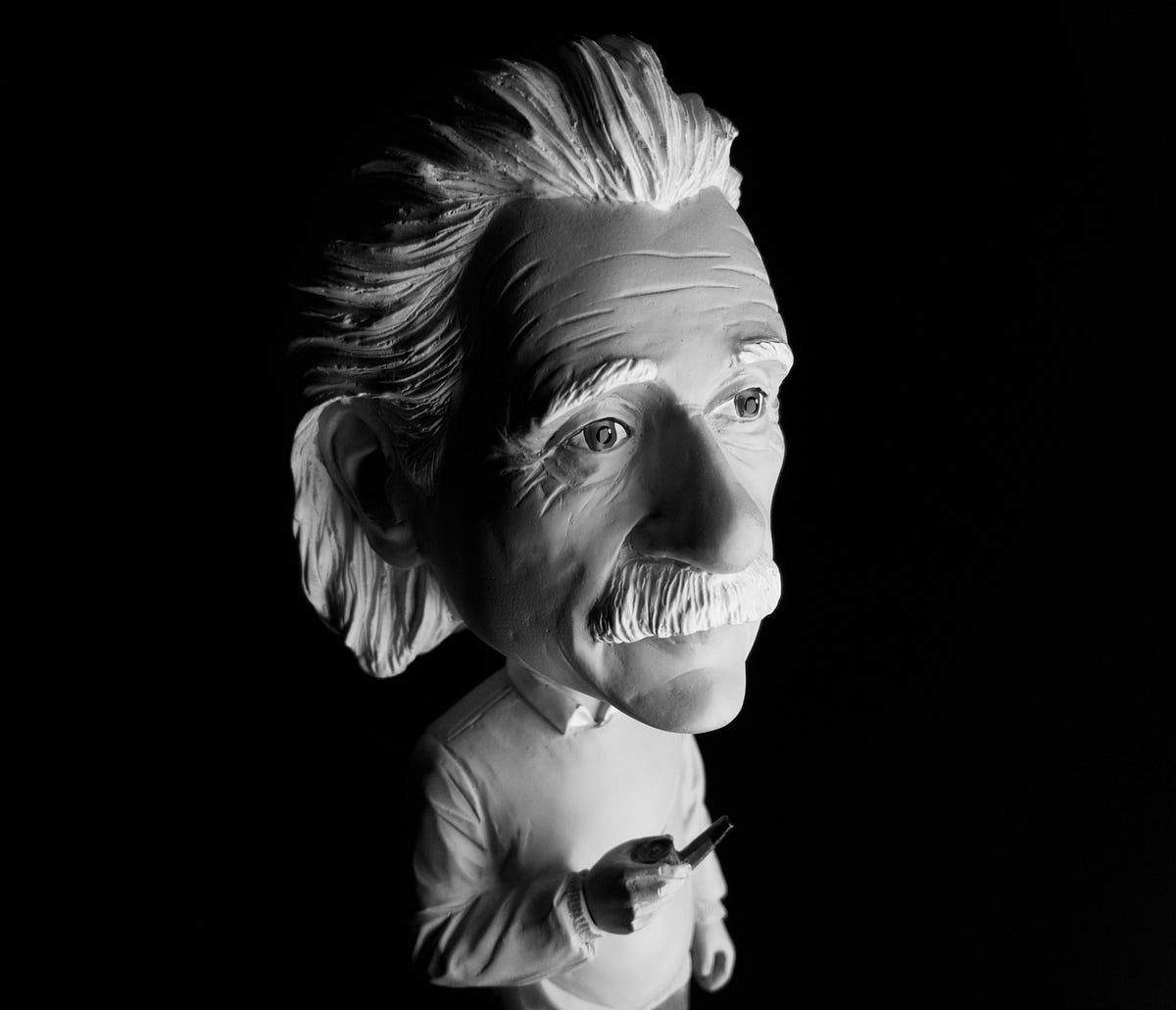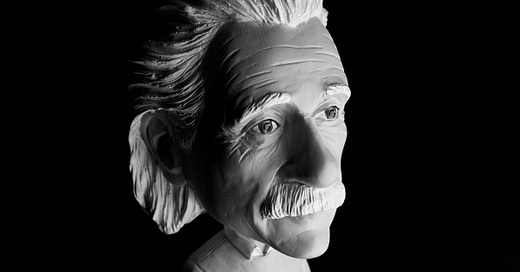The art and science of creativity

I think of creativity as a beacon guiding people to explore innovation and self-expression. Based on some of the views of leading neuroscientists and psychologist, I list here some exercises to spark your creativity, as well as discussion on the concept of creativity itself.
Often considered an enigma, creativity is not solely the domain of artists or inventors it’s a force embedded within our consciousness.
Demystifying the psychology of creativity
Creativity, it seems, is not bestowed upon a select few by elusive muses. Rather, it’s a cognitive process grounded in the intricate neural networks within our brains. Dr. Nancy Andreasen, a leading neuroscientist, asserts, “Creativity involves the ability to combine information in novel ways.” This ability hinges on the brain’s capacity to forge connections between seemingly unrelated concepts, giving birth to original ideas.
Contrary to the romantic notion of the tortured artist, studies show that a positive mood fosters creativity. Dr. Barbara Fredrickson, a psychologist and leading researcher in positive psychology, notes that positive emotions broaden our thought-action repertoire, enhancing creativity.
So, next time you’re stuck in a creative rut, a dose of positivity might be the key to unlocking your creative potential.
Exercises to ignite creative sparks
1. The Divergent Thinking challenge
Divergent thinking, a hallmark of creativity, involves generating a multitude of solutions to a problem. Try the “30 Circles Test” — draw 30 circles on a page and turn as many as possible into recognizable objects. This exercise, derived from the Torrance Tests of Creative Thinking, stimulates your brain to break free from conventional thinking patterns.
2. The “What If” game
Engage in the “What If” game to stretch your imagination. Pose hypothetical scenarios and explore their consequences. What if gravity were reversed? What if trees could communicate? This exercise encourages speculative thinking and dismantles mental barriers that stifle creativity.
3. Synectics: Bridging unlikely connections
Synectics, a creative problem-solving technique, involves connecting unrelated elements to discover new perspectives. Choose two seemingly unrelated objects or concepts and find imaginative ways to link them. For instance, ponder the connection between a paper-clip and a symphony. The exploration of unexpected associations can spawn breakthrough ideas.
Cultivating a mindset for innovation
Embracing failure as a stepping stone
Failure is not the adversary, it is the companion on the path to innovation. Renowned inventor Thomas Edison once remarked, “I have not failed. I’ve just found 10,000 ways that won’t work.”
Embracing failure as a natural part of the creative process liberates individuals from the fear of making mistakes and fosters resilience.
The power of constraints
Paradoxically, constraints can serve as catalysts for creativity. Dr. Seuss wrote “Green Eggs and Ham” using only 50 words, challenged by his editor to create an engaging children’s book within those limits. Constraints force us to think beyond conventional solutions, sparking ingenuity born from limitations.
The role of mindfulness in creativity
Mindfulness, the practice of being present and fully engaged in the moment, has a profound impact on creativity. Dr. Ellen Langer, a Harvard psychologist, found that individuals who approach tasks with a mindful attitude exhibit heightened creativity.
By immersing ourselves in the present, we cultivate an open and receptive mindset, conducive to creative insights.
Shaping the future: Innovations driven by creative minds
The impact of creative thinking reverberates across industries, shaping the trajectory of technological advancements and societal progress. Elon Musk, the visionary entrepreneur behind SpaceX and Tesla, epitomises the fusion of creativity and innovation.
His audacious pursuits, from electric cars to space exploration, showcase the transformative power of a creative mindset unbound by conventional norms.
The concept of biomimicry, drawing inspiration from nature to solve human challenges, has given rise to groundbreaking innovations. The sleek, efficient design of Japan’s Shinkansen bullet train, for instance, mirrors the form of a kingfisher bird, reducing noise and increasing speed.
Nurturing the inner genius
Looking at the intricate interplay between the art and science of creativity, it becomes evident that unlocking our inner genius requires a multidimensional approach. Examining the psychology behind creativity, engaging in exercises that spark imagination, and cultivating a mindset conducive to innovation are the pillars of this transformative journey.
Creativity is not an ephemeral muse; it is a dynamic force waiting to be harnessed.
In the words of Maya Angelou, “You can’t use up creativity. The more you use, the more you have.”




